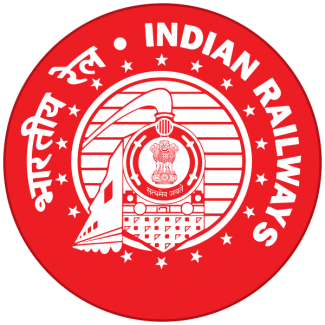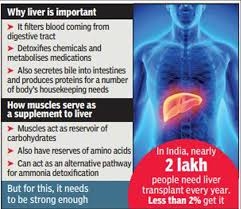
National Rail Plan set to become the template of planning for future development
National Rail Plan has been developed to plan infrastructural capacity enhancement along with strategies to increase modal share of the Railways & Business
The objective of the Plan is to create capacity ahead of demand by 2030, which in turn would cater to growth in demand right up to 2050
As part of the National Rail Plan, Vision 2024 has been launched for accelerated implementation of certain critical projects by 2024
Future projects for implementation beyond 2024 in both track and signalling have been identified with clear cut timelines for implementation
Three Dedicated Freight Corridors, namely East Coast, East-West & North-South identified along with timelines. PETS survey already underway
Several new High Speed Rail Corridors have also been identified. Survey on Delhi-Varanasi High Speed Rail already under way
In an endeavour to address the inadequacies of capacity constraints and improve its modal share in total freight eco system of the country, Indian Railways has come up with Draft National Rail Plan.
A long term strategic plan called the National Rail Plan has been developed to plan infrastructural capacity enhancement along with strategies to increase modal share of the Railways. The National Rail Plan will be a common platform for all future infrastructural, business and financial planning of the Railways. This plan is being circulated among various Ministries for their views now. Railways aim to finalise the Final plan by January 2021.
The objective of the Plan is:
• To create capacity ahead of demand by 2030, which in turn would cater to growth in demand right up to 2050 and also increase the modal share of Railways from 27% currently to 45% in freight by 2030 as part of a national commitment to reduce Carbon emission and to continue to sustain it. Net Zero Carbon emission by 2030.
• To assess the actual demand in freight and passenger sectors, a yearlong survey was conducted over hundred representative locations by survey teams spread all over the country.
• Forecast growth of traffic in both freight and passenger year on year up to 2030 and on a decadal basis up to 2050.
• Formulate strategies based on both operational capacities and commercial policy initiatives to increase modal share of the Railways in freight to 45% by 2030.
• Reduce transit time of freight substantially by increasing average speed of freight trains from present 22Kmph to 50Kmph.
• Reduce overall cost of Rail transportation by nearly 30% and pass on the benefits to the customers.
• Map the growth in demand on the Indian Railway route map and simulate the capacity behaviour of the network in future.
• Based on above simulation identify infrastructural bottlenecks that would arise in future with growth in demand.
• Select projects along with appropriate technology in both track work, signalling and rolling stock to mitigate these bottlenecks well in advance.
As part of the National Rail Plan, Vision 2024 has been launched for accelerated implementation of certain critical projects by 2024 such as 100% electrification, multitracking of congested routes, upgradation of speed to 160 kmph on Delhi-Howrah and Delhi-Mumbai routes, upgradation of speed to 130kmph on all other Golden Quadrilateral-Golden Diagonal (GQ/GD) routes and elimination of all Level Crossings on all GQ/GD route.
• Future projects for implementation beyond 2024 in both track and signalling have been identified with clear cut timelines for implementation.
• Three Dedicated Freight Corridors, namely East Coast, East-West & North-South identified along with timelines. PETS survey already underway.
• Several new High Speed Rail Corridors have also been identified. Survey on Delhi-Varanasi High Speed Rail already under way.
• Assess rolling stock requirement for passenger traffic as well as wagon requirement for freight.
• Assess Locomotive requirement to meet twin objectives of 100% electrification (Green Energy) by December 2023 and also the increasing traffic right up to 2030 and beyond up to 2050.
• Assess the total investment in capital that would be required along with a periodical break up.
• Identify new streams of finance and models for financing including those based on PPP.
• For successful implementation of the National Rail Plan ,the Railways will be looking to engage with Private Sector, PSUs,State Governments and Original Equipment Manufacturers(OEM)/Industries.
• Sustained involvement of the Private Sector in areas like operations and ownership of rolling stock, development of freight and passenger terminals, development/operations of track infrastructure etc.
In effect the National Rail Plan envisages an initial surge in capital investment right up to 2030 to create capacity ahead of demand and increase the modal share of the Railways in freight by 45%.
Post 2030 , the revenue surplus generated would be adequate to finance future capital investment and also take the burden of debt service ratio of the capital already invested. Exchequer funding of Rail projects would not be required.










